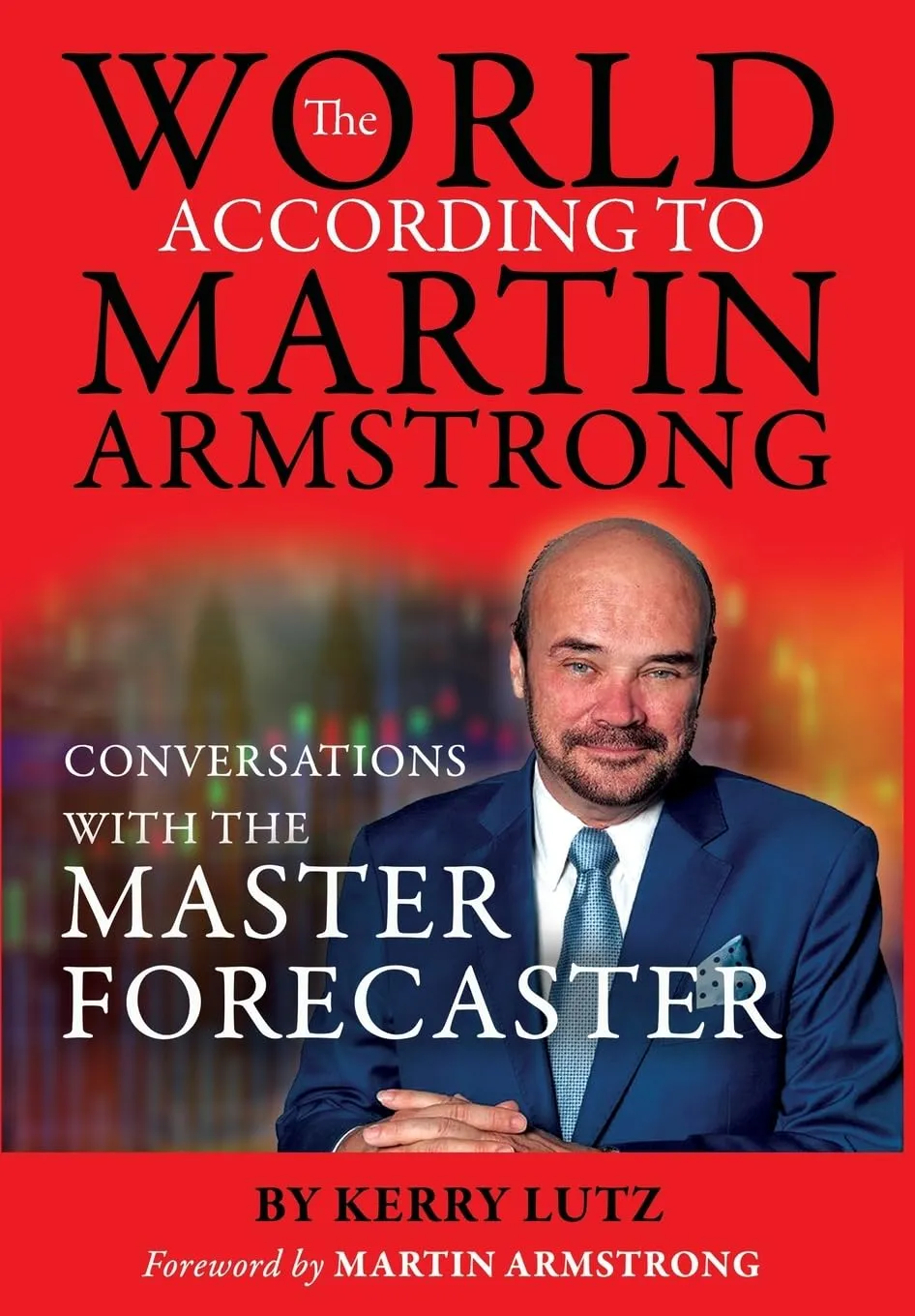The interesting thing about studies, has been rarely are they unbiased. Errors are also highly common, which is one reason why we go for the raw data and standardize everything in house. Quite frankly, you just cannot rely on government, think tanks that have slants, or academics who rely upon grants.
Back in the 1980s, a staff member Isabel was crunching the data of the USA. Show came across what appeared to be a glaring error that was so stupid, we assumed we had to be wrong. She came to me to asked if I would review her work. It turned out that in GDP, government counts total government spending and then total personal income without backing out government employees. I called the head of the BEA (Bureau Economic Analysis). I asked for help. Where are you backing this out? Surely you have to be doing that somewhere. After a week, they never got back. I called him again. I was told “no comment.”
There are those who take the stock market and the Shiller P/E (S&P 500 divided by the 10 year average of inflation-adjusted earnings), and then proclaim that the market is overpriced because it is 60% above its 4-year low. The problem is that the “inflation” numbers used are produced by government and are nowhere close to reality. Garbage in = Garbage out.
Now there is a lot of fuss over the austerity study that a student happened to notice also had glaring mistakes by two of Harvard’s top economists. Their study, which has been cited widely, claimed that economic growth slows dramatically when a government’s debt exceeds 90% of a country’s annual economic output. This has contributed to the slash and burn policies in Europe and in the USA. as justification for slashing spending. They simply omitted entire countries. Germany has been citing this study as justification for burning down the barn in Europe to get a field mouse.
Welcome to the world of studies and statistics. You can make a 6 into a 9 by rotating it 180 degrees. They play with numbers to make it appear they are right like the silver/gold ratio citing it use to be 16:1 so silver is way under-priced. They omit it has also been 100:1 even during World War II. Remember the war nickels made of silver because nickel was more valuable because of its utility value during war? Everything fluctuates. There is no constant value. Beware of studies and always look closely.
http://business.financialpost.com/2013/04/18/reinhart-rogoff-austerity-study/









